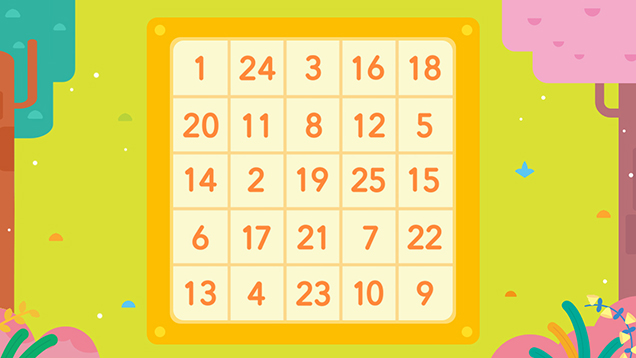Life these days is full of distractions - cell phones, TV, tablets that come with you everywhere. And while there's nothing wrong with a little device time, overexposure to these kinds of quick, on-demand gratifications can lead to a shortened attention span, especially in children.
A dependable attention span is an important part of learning and life, and that goes double for young kids. An inability to concentrate is a characteristic of many children - they may be unable to pay attention in class, fidget excessively, or become easily distracted by their environment. We've put together three activities you can use at home to improve your child's attention span. Take a look!
1. Find the difference between two pictures
A classic feature of many activity books for young learners, 'find the difference' is a great activity for brain training. Choose a difficulty suitable for your child; we recommend starting with easy ones to help learn the rules and build their confidence. Use pictures related to your child's interests to draw them in and keep them engaged.
Finding the difference between two pictures promotes the development of observation and assessment skills. You can guide your child to examine the two pictures in different ways: sequentially, for example, or from top to bottom and left to right. Before you know it, they'll be able to find the differences between ever-more complicated pictures! Best of all, learning through play like this takes some of the 'work' out of work, and makes education fun.
2. Schulte tables
The Schulte table is a simple but effective, scientific brain trainer. Fill in a 5x5 table with numbers from 1 to 25, but don't write them in order. Sit with your child and ask them to find the numbers you call out. They should point to the number as well as say it aloud. Start slow - this is an activity with room to grow in difficulty once your child has gotten good at the initial table. You could add an additional row or column, for example, and expand the range of numbers used. The Schulte table helps develop your child's skills of observation and short-term memory.

3. Mazes and labyrinths
Don't worry, there's no need for a hedgerow or a minotaur - this one can be played on paper at the kitchen table. A maze is a good tool for developing a stronger sense of observation, and learning to use the process of elimination. Finding the correct path from beginning to end of an intricate route requires your child look past the distractions of the image itself and concentrate on their route through the maze.
Like the Schulte table, this is an activity that will grow with your child's age and ability level. Begin with shorter, simpler mazes like the one below. Before long you can increase the difficulty with longer and more complex labyrinths with more twists, turns, and dead-ends. This sort of 'upgradeable' activity goes hand in hand with the natural development and learning patterns of young children.

